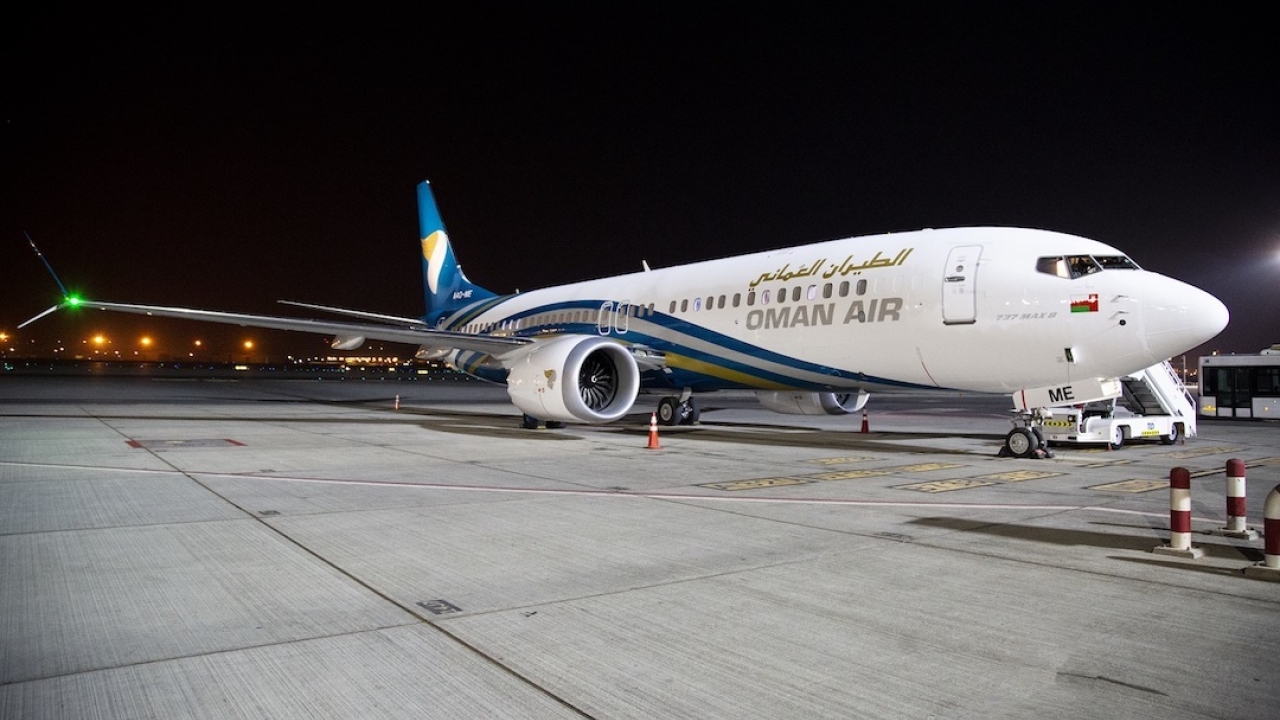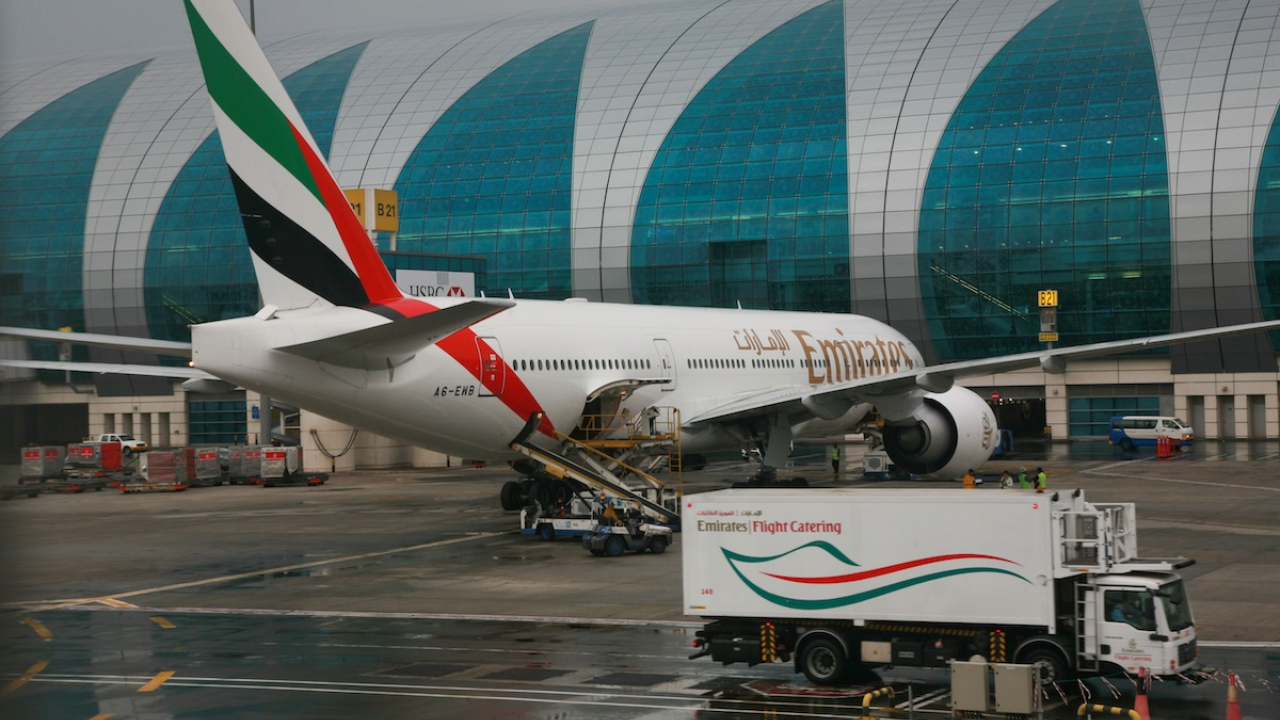Oman on a mission
Cost reductions, a new strategic partnership and the intention to enter one of the airline industry’s major alliances will determine Oman Air’s course over the coming years.

Continuing deliveries: The new Oman Air Boeing 737 MAX 8s will steadily replace the carrier’s older 737-800s. Picture: Oman Air.
Oman Air’s transformation plan has significantly reduced the carrier’s costs as it prepares for the return of business post-pandemic.
The airline revealed it was embarking on the plan in September 2019. It said the project would look at issues such as fleet harmonisation and organisational restructuring, and sought suggestions from staff as to how it could improve its performance. However, until now, few details have been available.
Speaking at the Arab Air Carriers Organization annual meeting in Doha, CEO, Abdulaziz Al Raisi, revealed some of the measures that the airline has undertaken over the past two years.
“We were struggling because our costs were so high,” he said. “We could not really get back to breakeven, or close to breakeven.”
Part of the reason, said the CEO, was that 99% of the airline’s workforce was Omani and were being paid at typical Omani salary levels. The airline was proud to be employing local citizens but this affected its costs. “For example, we will pay a ramp driver around $1,500. In neighbouring countries, Asian drivers get $200,” explained Al Raisi.
Subsidies from the Omani Government have also reduced over the past few years, he noted. Oman Air received some government aid through the pandemic, but also began to tap the financial markets for support.
To improve the financial situation, internally the company made better use of staff by introducing multi-tasking for personnel, redrafting contracts if necessary.
“Externally, we managed to renegotiate some of our big contracts with major vendors and suppliers. That really helped quite a lot in reducing our costs,” said the CEO.
Overall, the transformation plan succeeded in reducing costs by 29%.
Al Raisi believes that the market will not return until the latter half of this year and that the airline’s network will not go back to the 2019 model. A major factor in shaping its future will be the strategic partnership with Qatar Airways, announced last summer.
“There will be a lot of code-sharing, particularly to the US market and to South America. There’s a lot of synergy in terms of networks, etc,” he said.
At the moment, the company is flying around 40% of its 2019 network.
A huge amount of work at a strategic level is being put into the codeshare, with maintenance and IT being two other areas where cooperation was being enhanced, he added.
Oman Air does not foresee any new aircraft orders in the near future, with the remaining examples of its Boeing 787-9s and 737 MAX 8s still being delivered. These will replace, respectively, the company’s Airbus A330-300s and Boeing 737-800s. The new aircraft will maintain the fleet’s size, rather than increase it.
Stay up to date
Subscribe to the free Times Aerospace newsletter and receive the latest content every week. We'll never share your email address.


